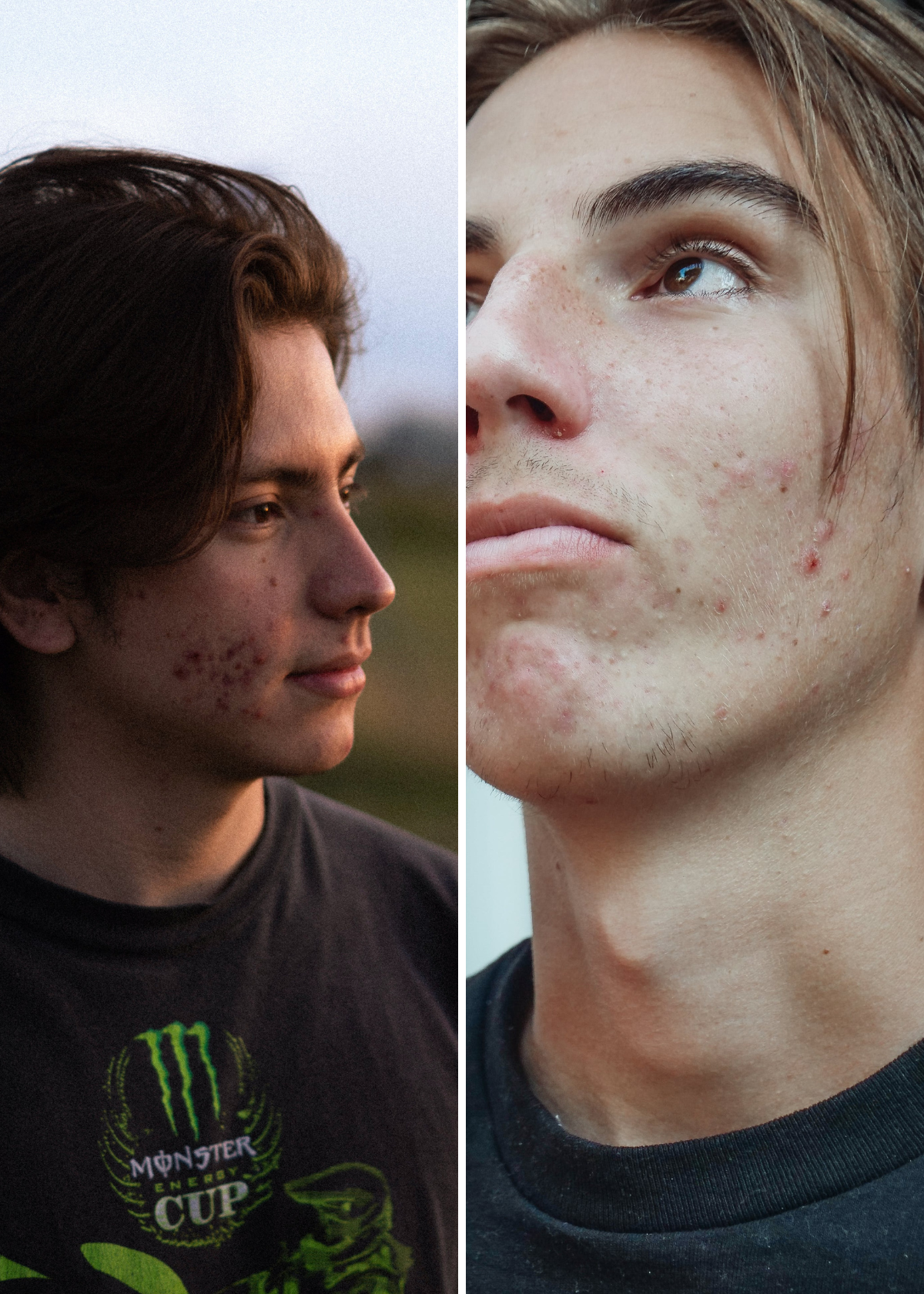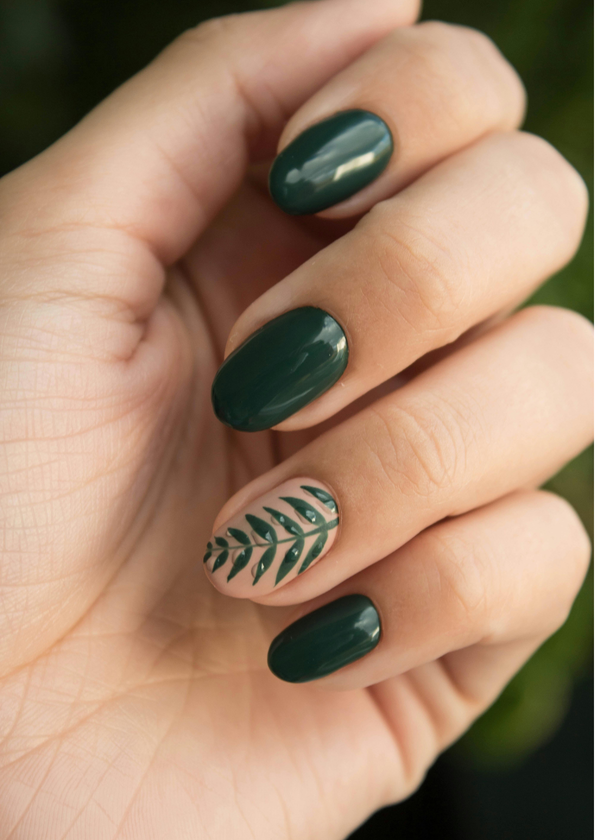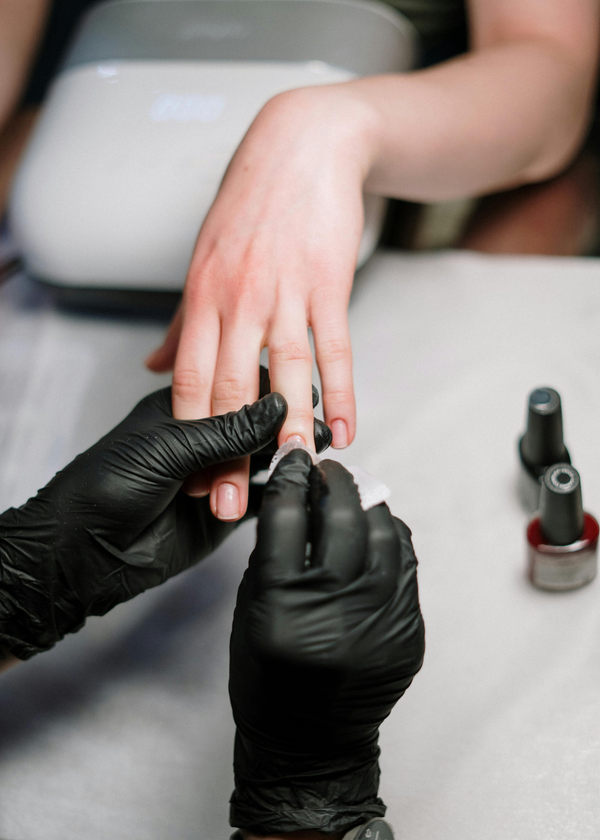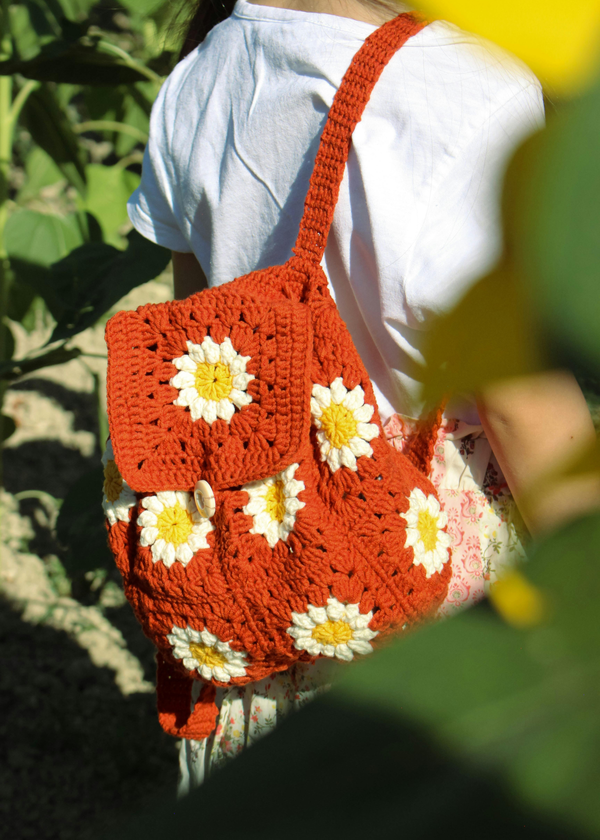Pimple patches have become a game-changer in the world of skincare. These little adhesive patches, often transparent and barely noticeable, promise to reduce the size and redness of pimples overnight.
They work by creating a micro-environment over the blemish, which helps to speed up the healing process.
However, if you're new to the world of pimple patches, you might be wondering, "How long should I keep a pimple patch on?"
In this comprehensive guide, we'll delve into the science behind pimple patches, discuss their benefits, and provide you with a detailed answer to this burning question.
Understanding Pimple Patches
Pimple patches, also known as acne patches or zit stickers, are small, round or oval-shaped patches made of hydrocolloid, a material commonly used in medical dressings.
The hydrocolloid material creates a moist environment around the pimple, which serves several purposes in the acne-healing process.
- Absorption: Pimple patches absorb the fluids that are released by pimples. This not only helps in reducing the size of the pimple but also prevents it from worsening.
- Protection: The patch acts as a barrier between the pimple and external pollutants, bacteria, and your fingers. This protection aids in the prevention of secondary infections and minimizes the risk of scarring.
- Acceleration of Healing: By keeping the affected area moist and protected, pimple patches accelerate the body's natural healing process. They also reduce inflammation and redness, making the pimple less noticeable.
- Prevent Picking: Pimple patches discourage the urge to pick or squeeze the pimple, which can lead to more significant problems, such as scarring and the spread of bacteria.
Now that you understand how pimple patches work, let's answer the primary question: how long should you keep them on?
How Long Should You Keep a Pimple Patch On?
The duration for which you should keep a pimple patch on largely depends on the brand and type of patch you're using.
While there is no one-size-fits-all answer, we can provide some general guidelines to help you make the most of these little miracle workers.
- Overnight Use: Many pimple patch manufacturers recommend leaving the patch on overnight. This extended period ensures that the hydrocolloid material has ample time to work its magic on the pimple. Overnight use also minimizes the risk of the patch peeling off prematurely due to movement.
- 24 Hours: If you prefer, you can wear a pimple patch for up to 24 hours. This can be especially convenient if you have a busy day ahead and don't want to apply a new patch during the day.
- Change When Saturated: Some patches are designed to be worn until they become saturated with the fluids from the pimple. This means that you can leave the patch on until it visibly changes in color, indicating that it has absorbed a significant amount of the pimple's exudate.
- Reapplication: If the pimple patch comes off prematurely or loses its adhesive quality, you should replace it with a fresh one. This is crucial for maintaining the patch's effectiveness.
- Read the Instructions: Always follow the manufacturer's instructions on the packaging of the pimple patch you're using. They may provide specific recommendations on usage duration.
While these guidelines offer a good starting point, it's important to remember that pimple patches are not a one-size-fits-all solution.
Your skin type, the severity of the pimple, and the brand of patch you're using can all influence how long you should keep the patch on.
Factors to Consider
To make an informed decision on how long to keep a pimple patch on, consider the following factors:
Skin Type
Your skin type plays a significant role in how long you should keep a pimple patch on. If you have sensitive or easily irritated skin, it's essential to be cautious about extended usage.
Leaving the patch on for too long can lead to skin irritation or damage. In such cases, it might be more appropriate to follow the overnight or 24-hour usage recommendations.
Pimple Size and Stage
The size and stage of the pimple matter. Smaller, less inflamed pimples may benefit from shorter patch usage, while larger, more mature pimples may require more extended application. Keep in mind that pimple patches work best on pimples that have already come to a head.
Patch Material and Adhesive Quality
Different brands use various materials and adhesives in their pimple patches. Some patches are designed to adhere securely for an extended period, while others might be more suitable for short-term use. Check the product details to determine the adhesive quality and material of the patch you're using.
Your Schedule
Consider your daily routine and schedule when deciding how long to keep a pimple patch on.
If you have a busy day ahead, you might prefer the convenience of a 24-hour patch. If you're sleeping, overnight usage is ideal. Remember to replace the patch if it becomes loose or dislodged during the day.
Your Comfort
Ultimately, how long you keep a pimple patch on should also depend on your comfort level. If you find it uncomfortable or if you experience any skin irritation or adverse reactions, remove the patch and discontinue its use.
Tips for Using Pimple Patches Effectively
To get the most out of your pimple patches and ensure they serve their purpose effectively, consider the following tips:
- Cleanse the Area: Before applying a pimple patch, make sure the affected area is clean and dry. This ensures proper adhesion and efficacy.
- Hands Off: Avoid touching or picking at the pimple while using a patch. This can introduce bacteria and impede the healing process.
- Follow the Instructions: Always read and follow the manufacturer's instructions for the specific pimple patch you're using.
- Don't Overuse: Using too many pimple patches simultaneously on the same area can irritate your skin. Apply only one patch per pimple.
- Be Patient: Pimple patches work best on pimples that have already come to a head. If you apply them to pimples in the early stages, they might not be as effective.
- Patch Size Matters: Choose a patch size that adequately covers the pimple without extending too far beyond its borders. This ensures optimal absorption.
- Moisturize: After removing a pimple patch, apply a moisturizer to the area to prevent dryness or flakiness.
Conclusion
Pimple patches can be a lifesaver when it comes to dealing with blemishes, but the question of how long to keep them on is not set in stone.
It depends on various factors, including your skin type, the pimple's size and stage, the patch material, and your schedule.
However, as a general rule, overnight usage or up to 24 hours is typically recommended for most pimple patches.
Remember, the goal of using pimple patches is to speed up the healing process, reduce inflammation, and protect your skin from external contaminants.
If you notice any discomfort or skin irritation, remove the patch immediately and consult a dermatologist if necessary.
Ultimately, the best approach is to experiment with different brands and types of pimple patches to find what works best for your skin and your unique needs.
With the right approach, you can make pimple patches a valuable addition to your skincare arsenal, helping you achieve clearer, healthier skin.








